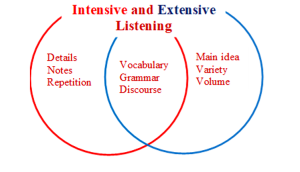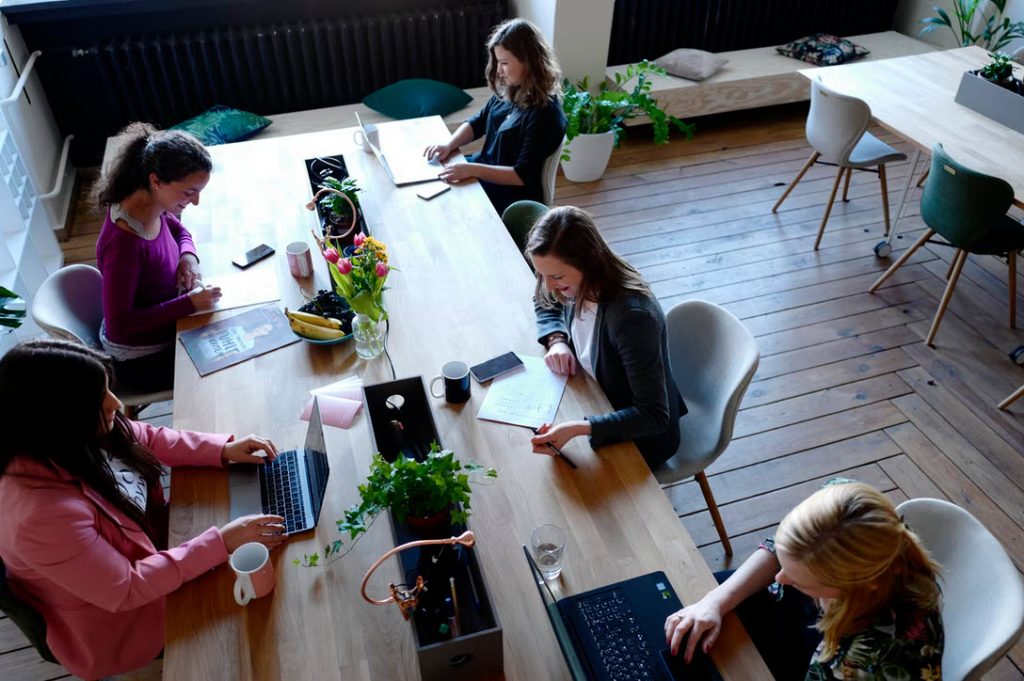 This two-part blog focuses on tips for improving your students’ listening skills with both intensive and extensive listening methods. If you haven’t yet, go read Part I: Intensive Listening, then come back to read Part II. In this second part I will focus on extensive listening by offering tips for extensive listening practice, some resources for teachers to utilize, and some overall listening goals for teachers to bear in mind.
This two-part blog focuses on tips for improving your students’ listening skills with both intensive and extensive listening methods. If you haven’t yet, go read Part I: Intensive Listening, then come back to read Part II. In this second part I will focus on extensive listening by offering tips for extensive listening practice, some resources for teachers to utilize, and some overall listening goals for teachers to bear in mind.
Extensive Listening
Just like extensive reading, this activity involves listening to ‘self-selected’ listening material slightly below the student’s proficiency level and in large quantities. The focus is on overall understanding because the task is more relaxed and self-directed, with learners listening to longer audio or video selections without necessarily trying to understand every word. The goal of extensive listening is to develop overall listening comprehension skills, get used to the sounds and rhythm of speech, and become more familiar with the language in a natural way.
Continue reading









